Advancements in Robotics and AI
Technological advancements in robotics and artificial intelligence are transforming the Modular Laboratory Automation Market. The integration of AI-driven systems allows for enhanced data analysis and decision-making processes, which can lead to improved experimental outcomes. Robotics technology is also evolving, with more sophisticated and versatile robotic arms being developed for various laboratory tasks. This evolution is expected to drive market growth, as laboratories increasingly adopt these technologies to streamline operations. The market is likely to see a surge in investments in automation technologies, with projections indicating a potential increase in market size by 15% over the next five years.
Increased Focus on Data Integrity
Data integrity is becoming a paramount concern within the Modular Laboratory Automation Market. As laboratories generate vast amounts of data, ensuring its accuracy and reliability is essential for compliance with regulatory standards. Automation solutions that enhance data management and traceability are in high demand. This focus on data integrity is likely to propel the adoption of modular automation systems, as they offer features that facilitate better data handling and reporting. The market is expected to witness a growth trajectory, with analysts estimating a rise in demand for automation solutions that prioritize data integrity by approximately 12% in the near future.
Rising Demand for High Throughput
The Modular Laboratory Automation Market is experiencing a notable increase in demand for high throughput solutions. Laboratories are under pressure to enhance productivity and efficiency, leading to a shift towards automation. This trend is driven by the need for faster results in research and development, particularly in pharmaceuticals and biotechnology. As a result, the market for modular automation systems is projected to grow significantly, with estimates suggesting a compound annual growth rate of over 10% in the coming years. The ability to process large volumes of samples quickly and accurately is becoming a critical factor for laboratories aiming to maintain competitiveness in their respective fields.
Cost Reduction and Resource Optimization
Cost reduction and resource optimization are critical drivers in the Modular Laboratory Automation Market. Laboratories are increasingly seeking ways to minimize operational costs while maximizing output. Modular automation systems provide a viable solution by reducing labor costs and minimizing human error. The ability to automate repetitive tasks allows laboratory personnel to focus on more complex analyses, thereby enhancing overall productivity. Market analysis indicates that the adoption of modular automation can lead to a reduction in operational costs by up to 20%, making it an attractive option for laboratories aiming to improve their financial performance.
Regulatory Compliance and Standardization
Regulatory compliance and standardization are significant factors influencing the Modular Laboratory Automation Market. Laboratories are required to adhere to stringent regulations, which necessitate the implementation of automated systems that ensure compliance with quality standards. Modular automation solutions are designed to facilitate compliance by providing accurate documentation and traceability of processes. This trend is likely to drive the market, as laboratories invest in automation technologies that help them meet regulatory requirements efficiently. Analysts predict that the demand for compliant automation solutions will increase, potentially boosting market growth by 10% over the next few years.


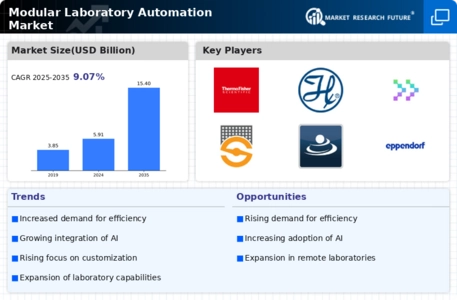
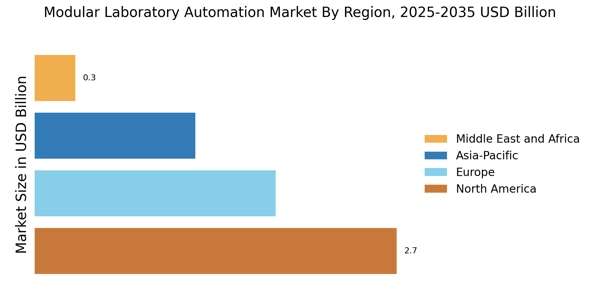

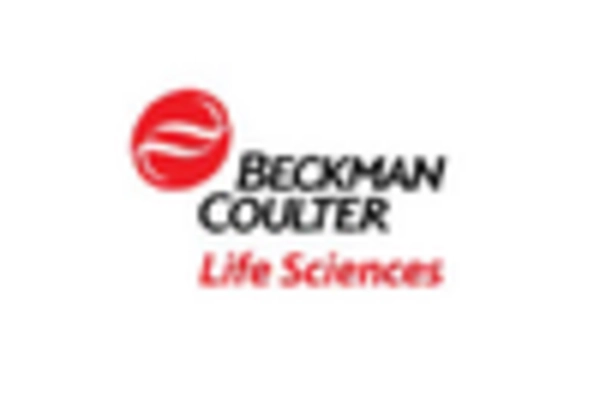
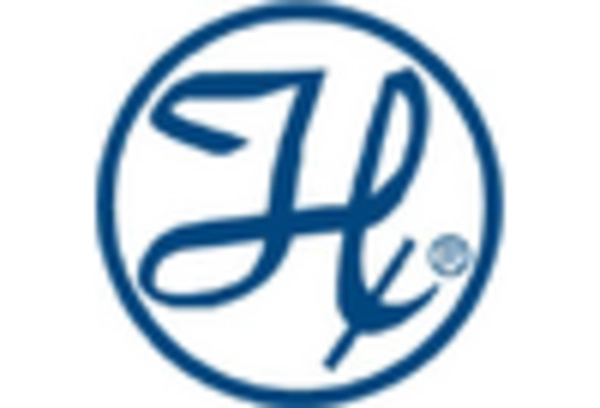
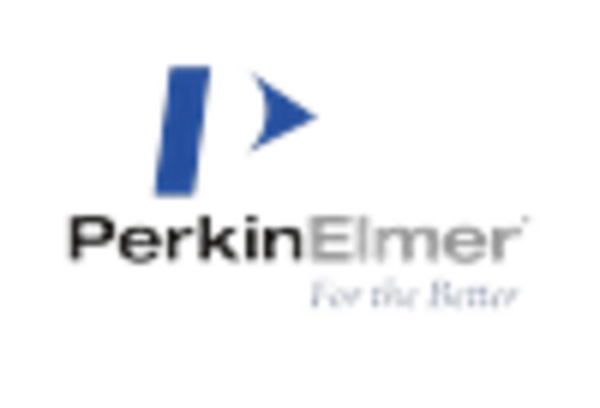
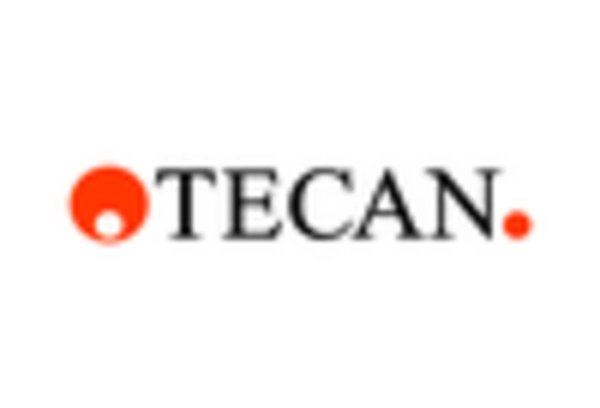









Leave a Comment